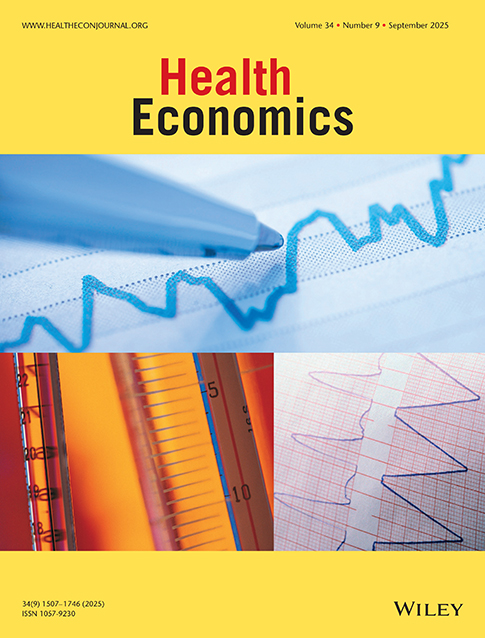Testing the internal consistency of the lottery equivalents method using health outcomes
Abstract
The standard gamble has a firm basis in the theory of risk and, for this reason, is the preferred method of health state value elicitation for many researchers. However, it is widely recognised that the use of immediate death as the failure outcome in the standard gamble renders the method insufficiently sensitive for the direct valuation of minor and temporary health states. Consequently, the indirect valuation of minor and temporary health states through a process of ‘chaining’ has been recommended. Unfortunately, a number of researchers have observed internal inconsistency in the standard gamble. That is, for health states that are not thought to be subject to the above mentioned insufficient sensitivity, the values elicited from indirect chained questions quite often significantly and systematically exceed those elicited from the direct procedure. A potential explanation for this is the possible influence of loss aversion when people are asked to weigh certainty against risk. The lottery equivalents method, an alternative value elicitation instrument that also has a firm grounding in the theory of risk, modifies the standard gamble approach of certainty versus risk to one of risk versus risk. The absence of certainty offers reason to suspect that the influence of loss aversion will be diminished (or even removed), and that the lottery equivalents method will thus prove to be internally consistent. The study reported in this article tests the internal consistency of the lottery equivalents method. In a manner similar to that observed with the standard gamble, the results indicate that the internal consistency of the lottery equivalents method is also to some extent compromised. Copyright © 2004 John Wiley & Sons, Ltd.




